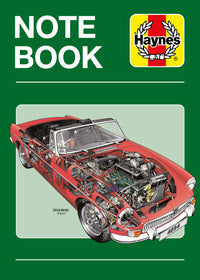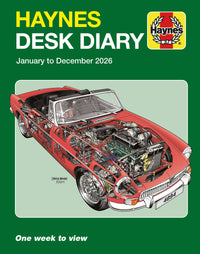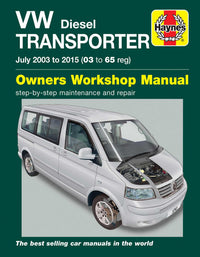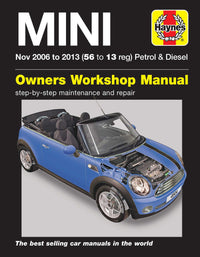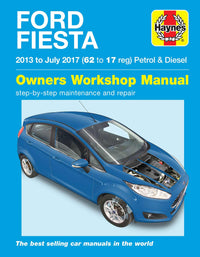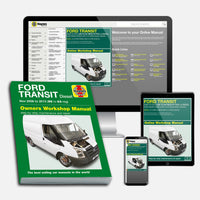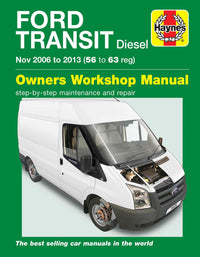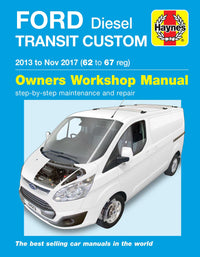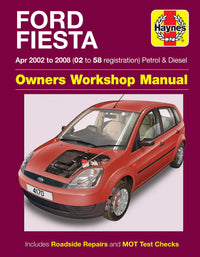How an engine’s drive belt works
On a typical engine, the auxiliary drive belt powers the alternator, power steering pump, coolant pump and air-con compressor. Some engines use more than one belt to operate these ancillary items.
Sometimes known as the serpentine belt because of the way it snakes around a series of pulleys, the auxiliary belt is powered by the crankshaft pulley; it’s important that the belt is at the correct tension if it’s to operate properly.
Depending on which belt needs to be replaced, and the model of your car, this task could require some experience. You’ll need a torque wrench along as well as basic tools.

When to change your drive belt
“Drive belts are designed to last for between 40,000 miles and 100,000 miles”
An auxiliary drive belt should be inspected regularly. Fail to do so and when it fails it’s likely to leave you stranded at the side of the road. Drive belts are rubber-based and are designed to last for between 40,000 miles and 100,000 miles - check your car’s Service Schedule for guidance.
The belt(s) should be examined every time the car is serviced. It’s not unusual for a ribbed belt to exhibit small cracks in the edges of the belt ribs, and unless these are extensive or very deep, belt replacement is not essential. However, if two or more ribs are missing for more than half an inch or there are cracks running parallel to the ‘V’ portions of the belt, it needs to be replaced.
All cars are slightly different, so if it is time to change your drive belt, use our 'before you begin' checklist, and find your car for specific instructions.
It’s not unusual for a ribbed belt to exhibit small cracks on the edges of the belt ribsWhy you should change your drive belt
A working drive belt is essential. It drives the alternator, and on some engines, the coolant pump, power steering pump and air conditioning compressor. If the belt fails, the electrical system will soon fail, along with the cooling system, power steering and air conditioning.
When a drive belt fails it tends to do so in one go - it’ll split or shred immediately and you’ll know straight away that something is wrong with the engine. Sometimes the belt splits longitudinally and remains on the pulleys. You may not realise the belt is failing but as soon as you do it’s important to stop the engine and replace the belt.
Before you begin
Tools you will need
Only basic tools are required for this job, although you may need to raise the car to remove the undershield.
- Floor jack (if necessary). Not your car’s emergency jack
- Axle stands
- Ratchet and socket set
- Flat-bladed/Phillips/torx screwdriver
- Torque wrench
- Breaker bar
Parts you may need
- Drive belt - Buy a good quality belt
- Tensioner - A broken belt can sometimes damage the tensioner. Some manufacturers recommend changing the tensioner at the same time as the belt.
How much does a drive belt cost to change?
| V belt | £10-£50 |
| Tensioner | £50-£100 |
| Garage fee savings | £100-£200 |
Every car is different, so before you view the full instructions, find yours…



